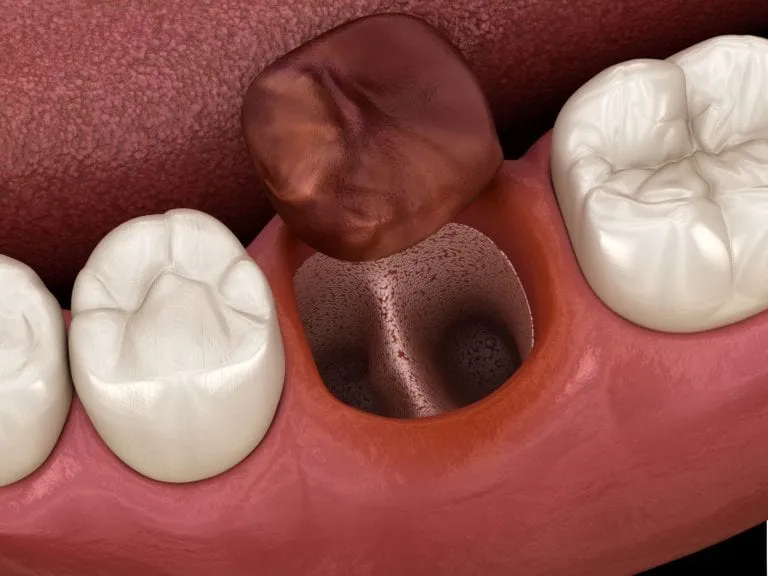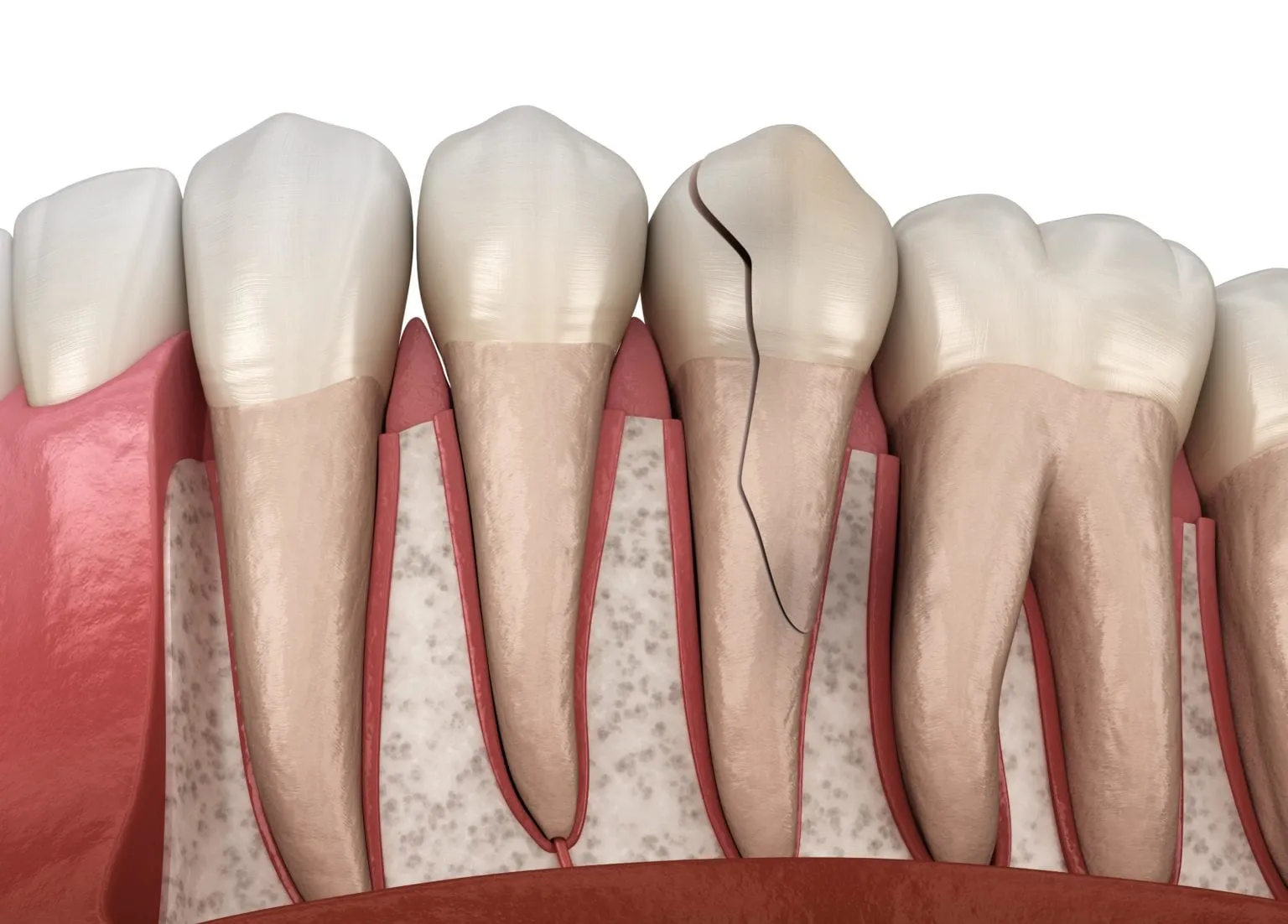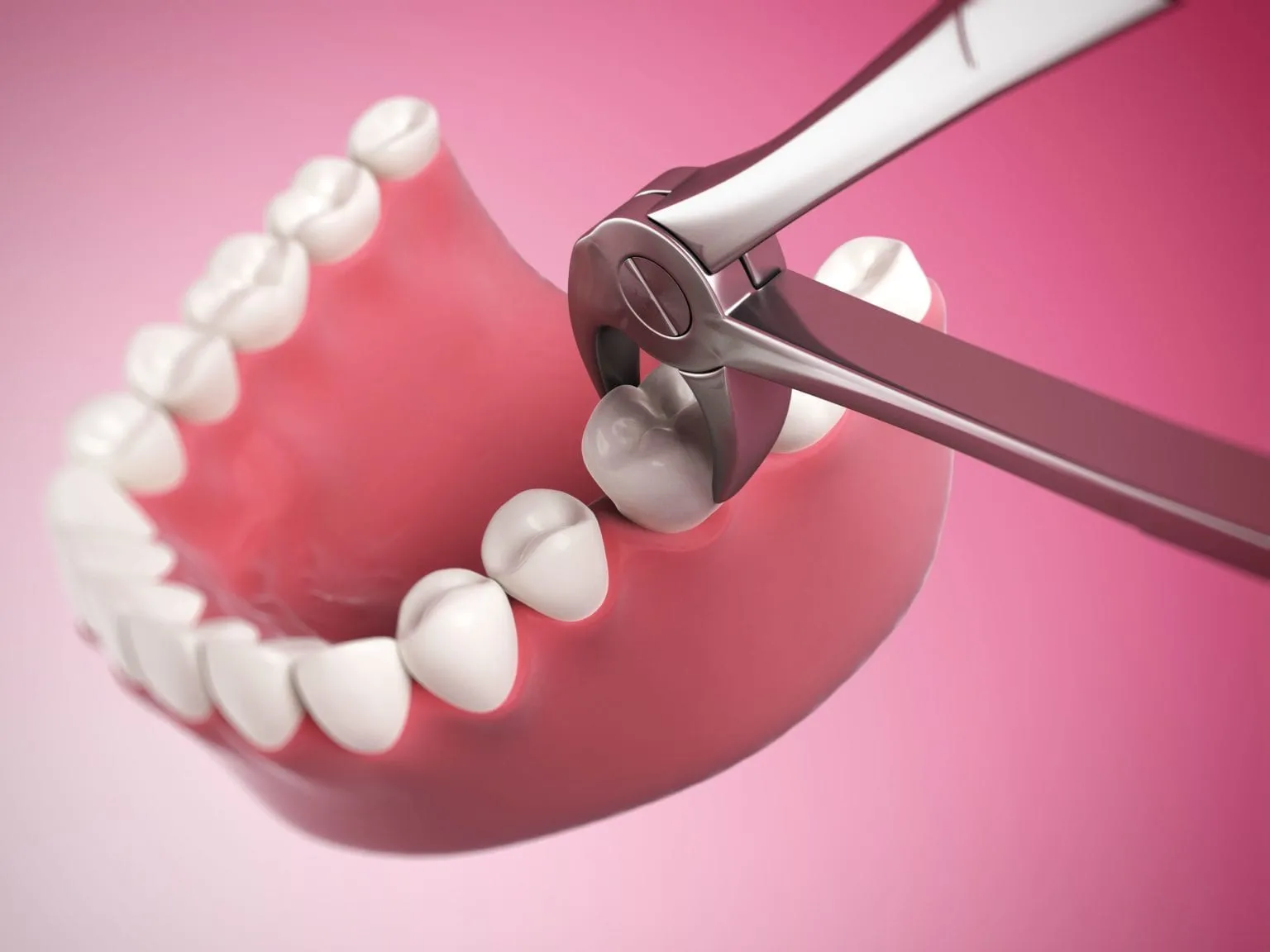At 3D Dentistry in Bradenton, FL, Dr. Bustos provides expert tooth extraction services to ensure your dental health and comfort. Learn more about the reasons for tooth extractions and what to expect during the procedure.
Tooth extractions are dental procedures that remove one or more teeth from the mouth. They are considered a last resort treatment and are only completed when the affected tooth poses a severe threat to one’s oral health. Rest assured that your dentist will do everything in their power to avoid the need for a tooth extraction. However, there are still some cases where the best option is to remove the tooth, for example in the case of an impacted wisdom tooth.
Did You Know?
A blood clot will naturally form over the extraction site to protect the underlying nerve and bone from being exposed. As the extraction site heals, this blood clot will be the foundation for new bone and tissue growth. In the case that the blood clot is removed before the extraction site heals, then a condition called dry socket will develop.

Symptoms
Common symptoms that may necessitate tooth extraction include:
- Severe tooth decay
- Irreparable damage due to trauma
- Advanced gum disease (periodontitis)
- Overcrowding of teeth
- Impacted wisdom teeth causing pain or infection
Why Tooth Extraction is Needed
Tooth extraction is recommended to:
- Alleviate severe pain and discomfort
- Prevent the spread of infection
- Maintain overall oral health
- Create space for orthodontic treatment
- Remove impacted or problematic wisdom teeth
Treatment Process
Our tooth extraction process involves several key steps:
- Initial Examination: Dr. Bustos will evaluate your dental condition and may take X-rays to assess the tooth’s position and roots.
- Anesthesia: Local anesthesia is administered to ensure a painless procedure.
- Tooth Extraction: Dr. Bustos gently removes the affected tooth, taking care to minimize discomfort.
- Post-Extraction Care: Detailed post-operative instructions are provided to promote proper healing.
Prevention
To reduce the risk of tooth extractions, maintain good oral hygiene, attend regular dental check-ups, and address dental issues promptly.
Outlook
Most patients recover fully within a few days to a week after tooth extraction. Dr. Bustos will discuss options for tooth replacement if necessary.
Frequently Asked Questions:
Am I a candidate for a tooth extraction?
You may be a candidate for a tooth extraction if:
- One or more teeth is severely damaged beyond repair
- One or more teeth is severely decayed and is threatening the adjacent teeth
- One or more teeth has become loose due to gum disease
- You are having dental implants placed
- You have impacted wisdom teeth
- Your mouth is too small for all your teeth (overcrowding)

To determine if you are, in fact, a candidate for a tooth extraction, schedule a consultation with your Bradenton dentist today.
What happens during a tooth extraction?
Before beginning your extraction, your dentist will provide you with dental sedation and anesthetics so that you are both comfortable and relaxed during the procedure. Depending on various factors, such as the type of procedure or number of teeth needing extraction, your dentist may offer you varying levels of sedation ranging from conscious sedation to deep sedation.
Once the anesthetic and sedation has taken affect, your dentist will begin the procedure by using one of the following techniques:
- Simple Extraction: A simple extraction is generally performed on teeth that have already erupted from the gums and are entirely visible. The entire tooth will be removed as a single piece using dental forceps and an elevator tool.
- Surgical extraction: A surgical extraction is generally performed on impacted wisdom teeth, however they can also be used to extract teeth for dental implants. A surgical extraction starts by your dentist making a tiny incision in the gums to access the tooth, and then breaking down the tooth into various smaller pieces. Each piece is then individually removed. This approach is also used to remove teeth that are too damaged or decayed to be extracted in one piece.

What happens after my tooth extraction?
Once your tooth extraction is complete, you will remain briefly in our office until the sedation wears off. It is important to note that you will need to have a driver bring you to and from the office. Before you leave, your dentist will provide you with postoperative instructions to follow in the days after your extraction.
These instructions will detail things such as how to keep the area clean, what to eat, how to manage pain and swelling, and what not to do to protect the extraction site. In most cases, as long as these instructions are followed, the extraction site heals in about two weeks. Within a few days after your extraction, you will return to your dentist to make sure everything is healing properly.
Schedule Your Tooth Extraction
For expert tooth extractions and dental care, contact 3D Dentistry at 941-253-2300. Our team is here to address your concerns and provide the best dental solutions.

